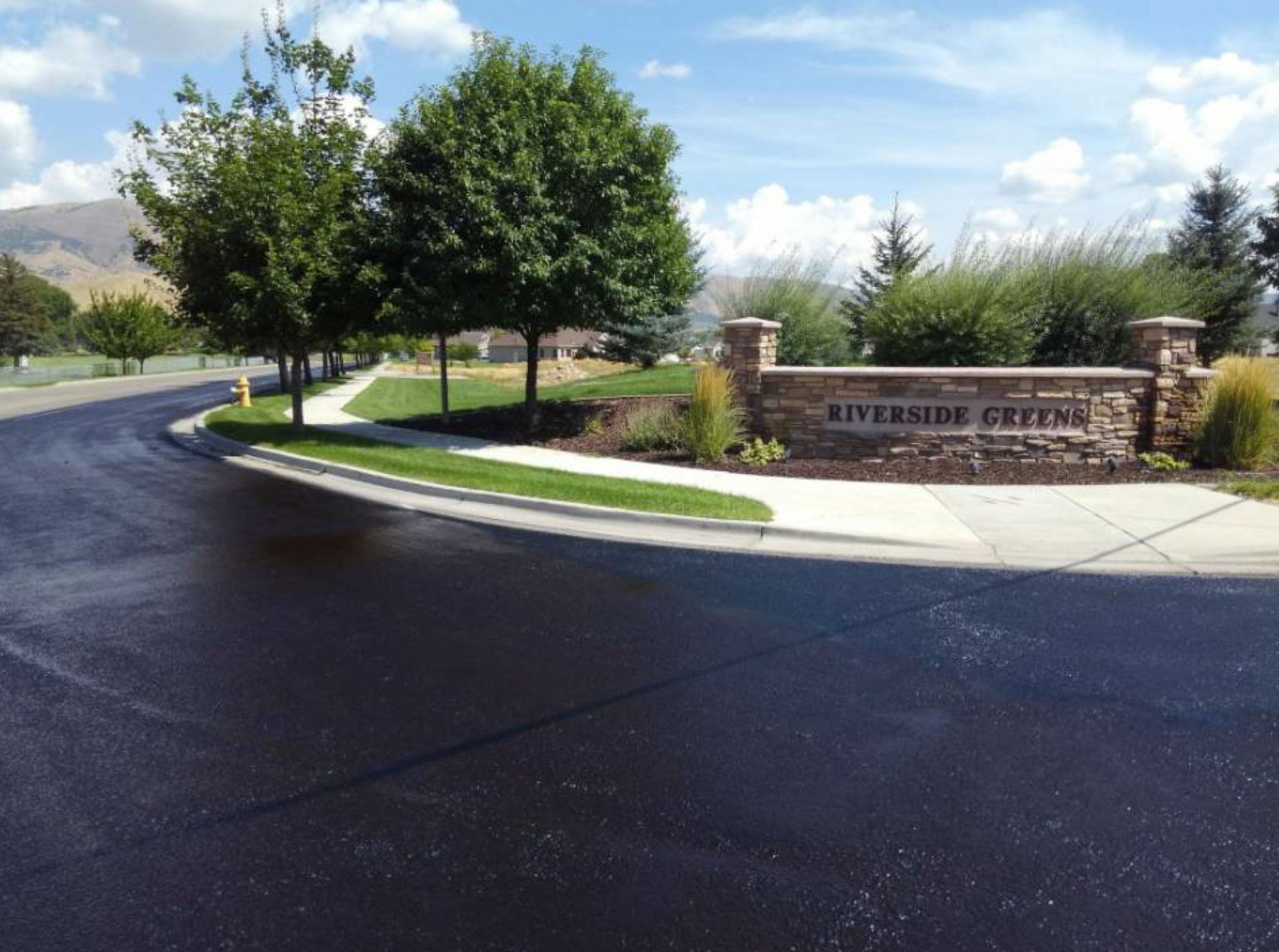
Surface treatments, such as the chip seal and fog seal, originated in the early 1900s. However, seal treatments have evolved and expanded over time. As less well-known surface treatments, such as scrub seals, grow in popularity, it’s important to know how these treatments differ.
- A chip seal consists of one or more layers of asphalt binder and embedded aggregate.
- A fog seal is a single, light application of emulsified asphalt. Rejuvenating fog seals can be used on pavements with greater surface distress.
- A slurry seal relies on specialized equipment to combine asphalt emulsion, mineral aggregate, water and additives, and uniformly spread this mixture over a properly prepared surface. Micro surfacing is similar, but utilizes a polymer-modified asphalt emulsion.
- A cape seal consists of a chip seal treatment that is then covered by a slurry seal or micro surfacing treatment.
- A scrub seal is initially performed like a chip seal treatment, but then the asphalt distributor pulls a broom sled across the surface to “scrub” the emulsion into any cracks.
Many of these seal treatments can be used in conjunction with one another, or with other pavement treatments.
Sign up for our Toolbox Tips to receive tips like this to your inbox every week.